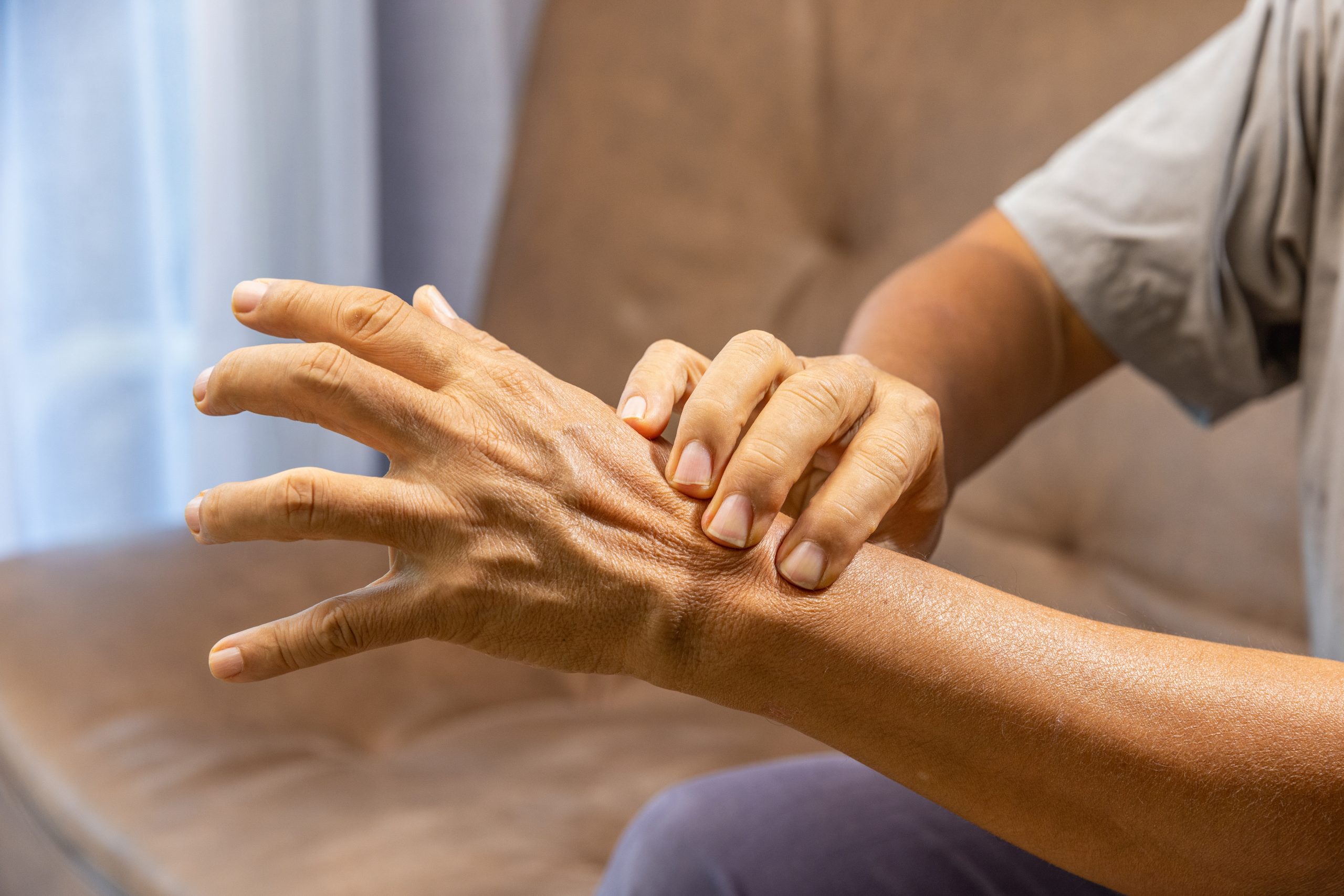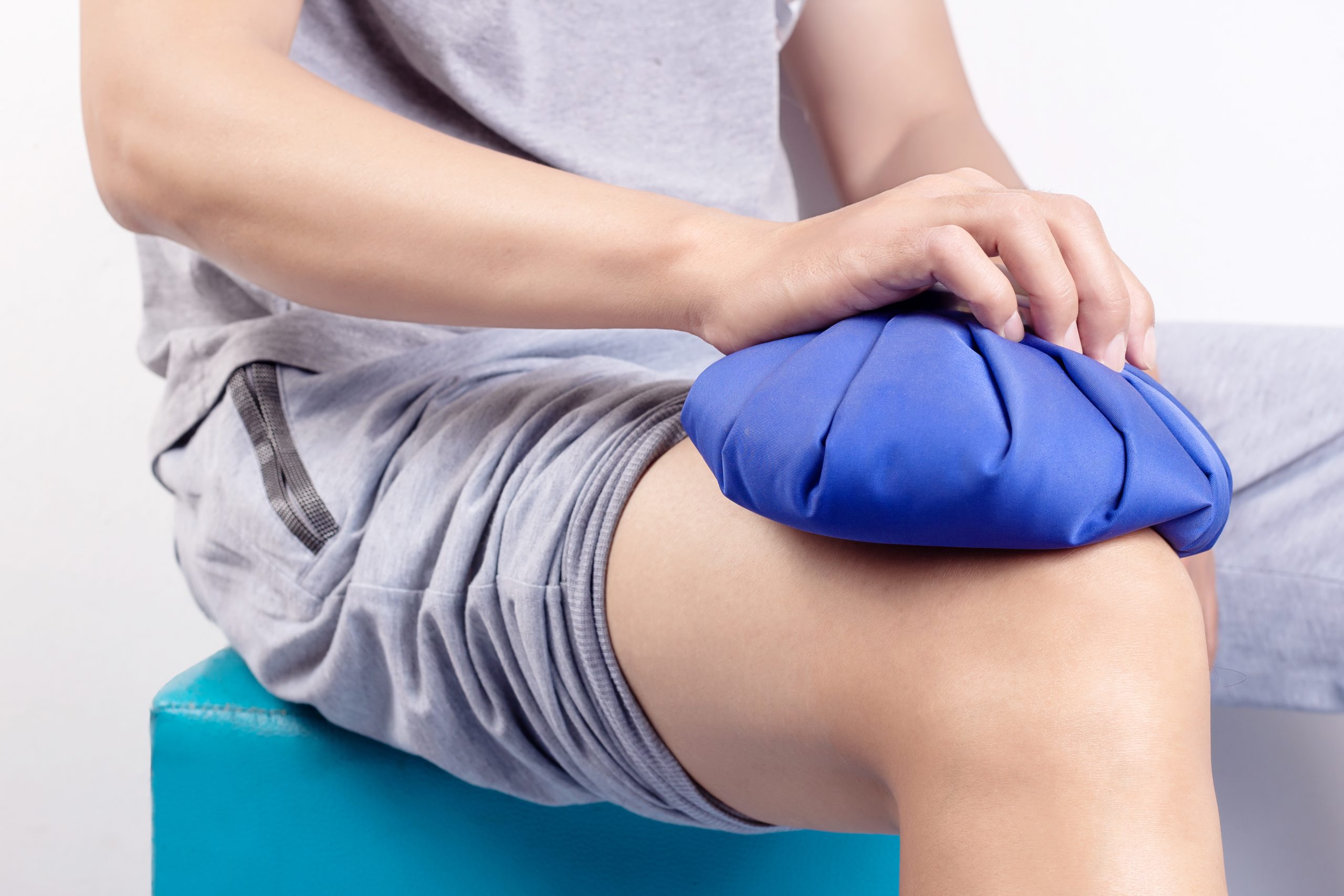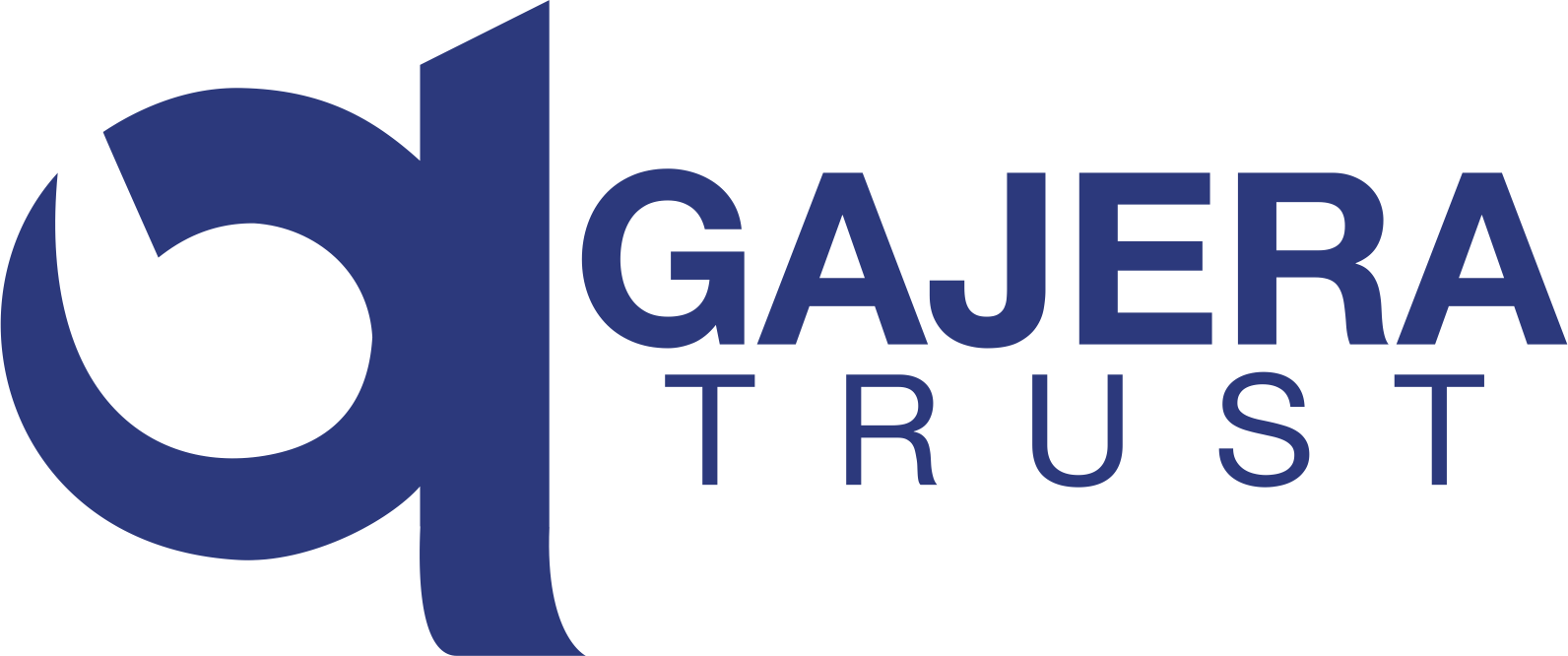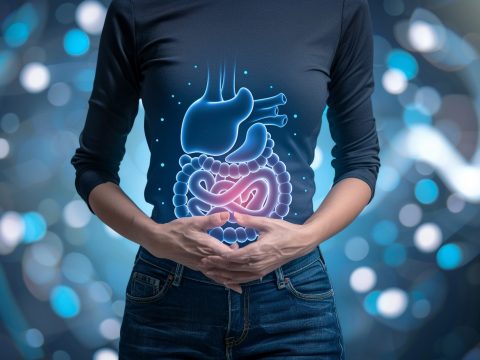- Have any questions?
- (+91) 02792 230240
- info@smcgh.edu.in

Clinical Rotation in the medical field: Where medicine truly comes alive
September 14, 2022
Futuristic Healthcare: Top 10 medical technologies of the year
November 11, 2022Chronic pain and pain release management techniques
Humans have a way around everything. Give them a problem and they will come up with a hundred different solutions. But, they may feel helpless when it comes to their body pains and its management. Some pains heal with proper rest or some with over-the-counter medication within a few days and some pains stay for a longer period and are a little difficult to deal with. Let's understand different types of chronic pain & various methods to treat them.
Pain is a general term used to describe any sort of unpleasant or uncomfortable sensation in the human body. There are many types and causes of pain which are grouped into eight categories.
-- Acute pain, chronic pain, breakthrough pain, bone pain, nerve pain, phantom pain, soft tissue pain, and referred pain.

Here, we will talk further about chronic pain and pain-release management techniques. The pain that persists for more than six months and is experienced almost every day is known as chronic pain. In such cases, the pain continues beyond the normal recovery time from an injury or any underlying condition. This pain can affect a person's quality of life in more than one way. It interferes with routine activities such as working and having a social life. In some cases, it further leads to more physical and mental health-related problems. Chronic pain can range from mild to severe according to the condition and reason behind it.
The common types of chronic pain are:
Sometimes chronic pain is because of obvious reasons like a physical injury or a medical condition. But, sometimes it can be due to some underlying disease or wear and tear of parts of the body due to ageing. These are the types of chronic pain
-- Arthritis, or joint pain.
-- Back pain.
-- Neck pain.
-- Cancer pain near a tumour.
-- Headaches, including migraines.
-- Testicular pain.
-- Lasting pain in scar tissue.
-- Muscle pain all over (such as with fibromyalgia).
-- Neurogenic pain, by damage to the nerves or other parts of the nervous system.
-- Back pain.
-- Neck pain.
-- Cancer pain near a tumour.
-- Headaches, including migraines.
-- Testicular pain.
-- Lasting pain in scar tissue.
-- Muscle pain all over (such as with fibromyalgia).
-- Neurogenic pain, by damage to the nerves or other parts of the nervous system.

Chronic pain is described in different ways by patients, such as - aching, burning, throbbing, stiffness, squeezing, stinging, or shooting. Chronic pain hinders the normal functioning of the body and may also lead to depression, fatigue, anxiety, insomnia, and social isolation as it affects the mental health of a person drastically.
What is pain management?
Pain Management is a technique or combination of techniques to reduce or control the pain a person experiences in the long run by non-invasive ways. There are three ways to manage pain.
1. Physical techniques ( Exercise)
2. Mind techniques ( Therapy)
3. Drug Therapy ( Medicine)
2. Mind techniques ( Therapy)
3. Drug Therapy ( Medicine)
1. Physical Techniques.
Hot and cold Therapy
This is the most common technique to reduce pain. Heat relaxes the muscles and dilates the blood vessels to promote healing after injury. Whereas, cold therapy which is usually done with an ice pack reduces blood flow and inflammation that causes pain.

Massaging
Massage is a technique to manipulate soft tissues. It relaxes the body, improves blood circulation and flexibility, and also reduces stiffness and inflammation. This usually proves beneficial when combined with other pain management treatments.
Exercise
The method and intensity of this will vary from body to body. It includes physical techniques to strengthen and stretch the muscles and joints. Exercising has a long-term impact on human health which helps them to cope.

Acupuncture
Acupuncture involves applying pressure with needles to the skin at specific points in the body by a practitioner. It has proven to release pain from various parts for a short period.
2. Mind Techniques.
Cognitive Behaviour Therapy
This therapy reduces the impact of chronic pain on the mental health of a patient. It is more about stress release which can reduce the intensity of the pain and improve the quality of life.
Yoga
Yoga is a safe and accessible technique that can be performed according to the person's convenience with the help of an instructor. Yoga aims at releasing stress from the mind and body at once.

Meditation
It is a kind of relaxing technique to calm a person's mind to enable him to think clearly and reduce stress which may lead to easing muscle tension and muscle spasm.Tai chi
Tai chi is an exercise that involves slow, continuous, fluid body movements combined with breathing and relaxation techniques that improve strength and joint stability.3. Drug Therapy
There is a wide range of medicines available to relieve pain. Each class and type of drug works on different areas of pain management. Painkillers, antidepressants, and anti-inflammatory medicines can be taken into combinations. But, it is highly advised to take a prescription from a specialist according to your condition and intensity of pain.The various techniques for relieving chronic pain can be used in various combinations for treatment. Trial and error are often used to pick what suits the patient best. A physician helps you to select the best combination and make a pain management plan.
What is a Pain Management Plan?
Each person's pain is unique. The best approach to managing pain for one patient can be totally different from what works for someone else. The patient shares the intensity, the cause, and the effects of the pain with the professional to find out the right solution suitable. The doctor then recommends the treatments according to the case which is called a Pain Management Plan which will make the patient feel better physically and mentally.How is Shantabaa Medical College and General Hospital helping?
In order to assist people in managing chronic pain, the anesthesiology department at SMCGH recently established a new pain management clinic, making this facility available to everyone. We have never shied away from offering a solution to an issue that was readily apparent in those around us, and this time was no different. The experts and professionals at our hospital help people find a comprehensive pain management plan.
We provide chronic pain management services for chronic back, neck, shoulder pain, chronic regional pain syndrome 1 and 2 etc. We are doing interventional pain management procedures like
-- Transforaminal epidural injection
-- Facet joint block
-- Cervical epidural injection
-- Caudal neuroplasty
-- Sacroiliac joint neurolysis
-- Piriformis injection
-- Lumbar Sympathetic block
-- Stellate ganglion block
-- Celiac plexus block
-- Ganglion impar block
-- Joint injections
-- Under C-arm guidance

No one understands pain better than the one going through it. Giving these therapies a chance is the only option to relieve chronic pain without invasion, if these don't work, consult a doctor to understand the treatment forward. Doctors at Shantabaa General Hospital can guide you throughout the treatment process and serve you in every way on your path to good health and fitness.




